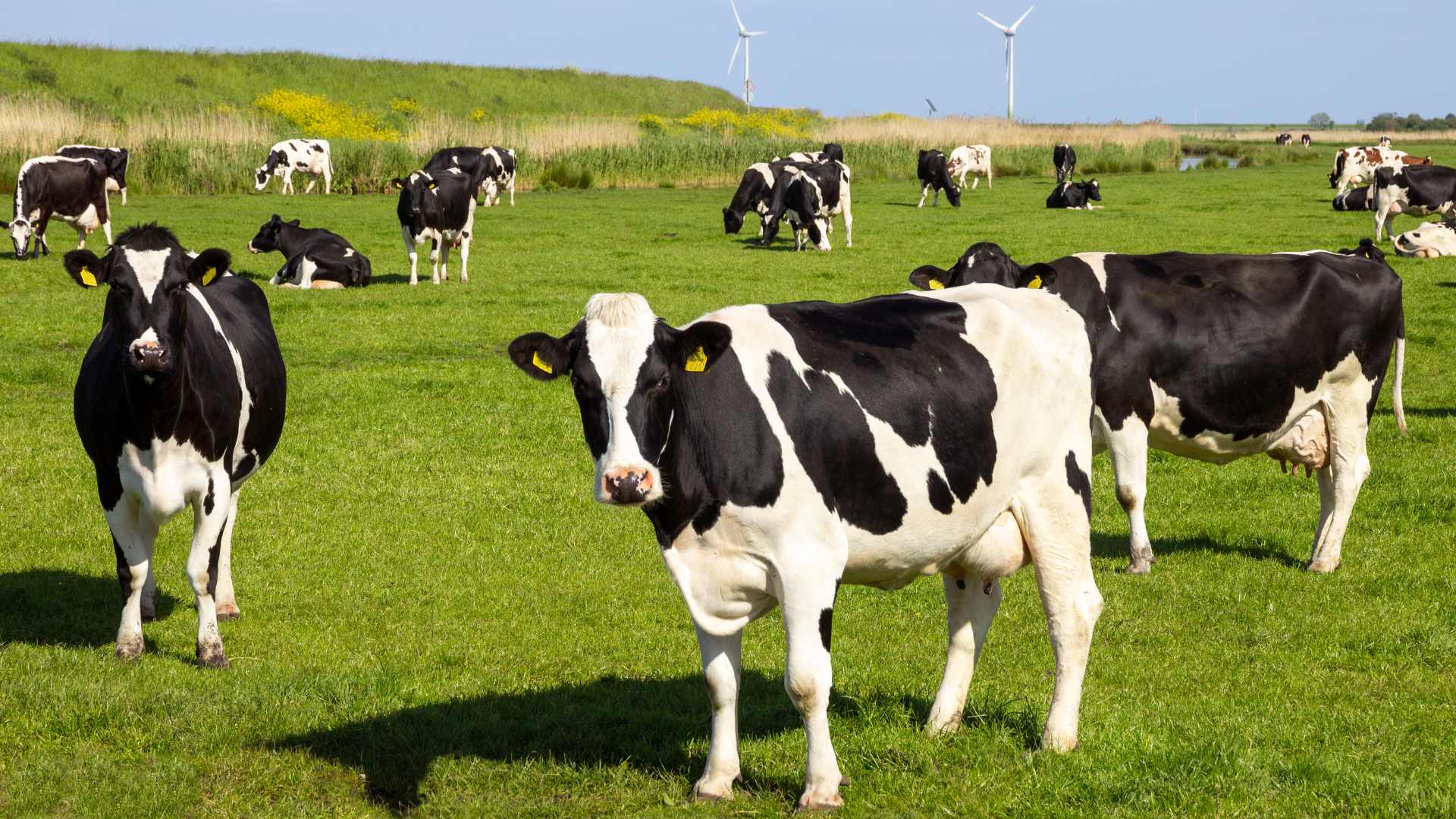
Forecast warns of liver fluke risk in livestock this winter

Farmers are being advised to remain vigilant for signs of liver fluke infection in cattle and sheep following the publication of the annual disease forecast by the Department of Agriculture, Food and the Marine.
The forecast, prepared in collaboration with Met Éireann, UCD, Teagasc and Animal Health Ireland, is based on meteorological data gathered between May and October. It predicts the highest risk of infection in the midlands, west and northern half of the country, with lower prevalence in the southeast due to drier conditions earlier in the year.
Figures from the Beef HealthCheck programme show that 34 per cent of herds examined at slaughter this year had at least one animal with liver damage caused by fluke. Active infection was detected in 12 per cent of herds, down from 17 per cent last year. Counties in the northwest, including Sligo, Mayo, Leitrim, Roscommon and Donegal, were most affected, with up to 80 per cent of herds showing signs of infection.
Liver fluke is a parasitic disease spread by mud snails in wet ground. It can cause chronic illness in cattle, leading to poor performance, and in sheep can result in sudden death in cases of heavy infection. Farmers are urged to monitor animals closely and consult their veterinary practitioner if concerned.
Treatment typically involves the use of flukicides, with dosing recommended at housing for cattle and in autumn for sheep. Veterinary advice is essential to ensure the correct timing and choice of treatment, particularly as resistance to flukicides is becoming more widespread.
The Department has also highlighted the growing prevalence of rumen fluke, which uses the same intermediate host. While common, it rarely causes disease, though severe illness can occur in young cattle and sheep.
Farmers are encouraged to use abattoir records and the Beef HealthCheck online tool to assess the level of challenge on their farms and to adapt control measures accordingly.









